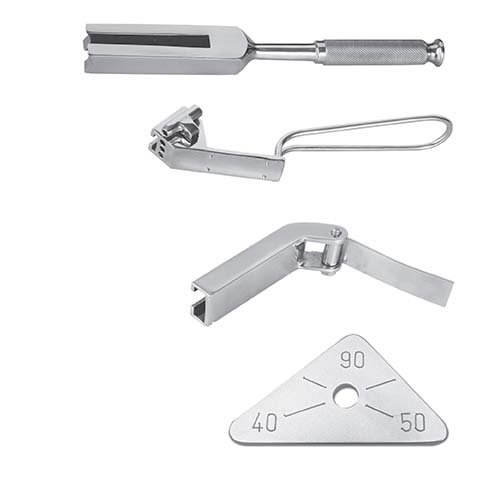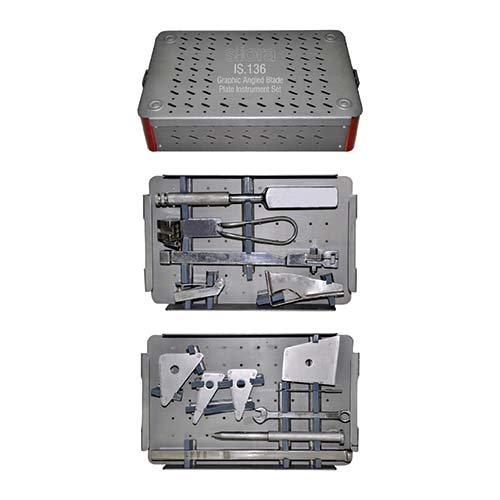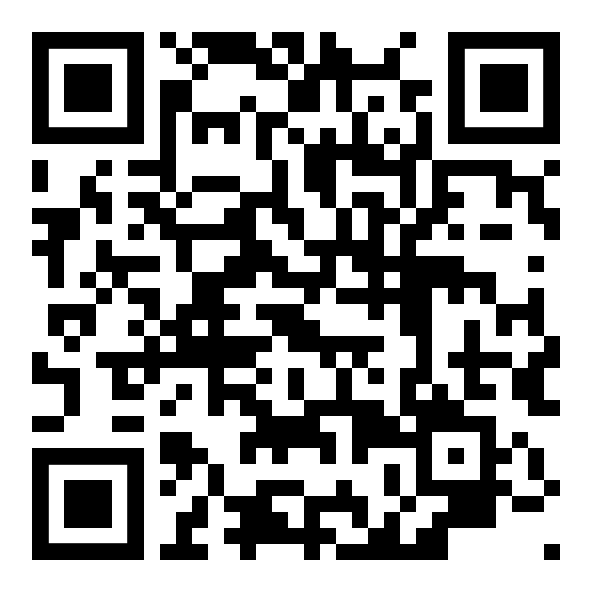Angled Blade Plates
The introduction of osteotomy plates with different angles was for the fixation of proximal and distal femoral fractures. Angled blade plates, which are of one-piece construction with a fixed angle between shaft and blade, were developed subsequently. The increased strength of the implant due to the fixed angle makes it less susceptible to corrosion. An added advantage of the fixed angle is the possibility of accurate placement of the plate in osteotomies. The blade of Angled blade having a U cross-section and with 95° and 130° angles are for surgical fixation of fractures. This provides high strength with minimum bone displacement.
All angle blade plates are of one-piece construction with a fixed angle between blade and shaft. The fixed angle makes the implant less susceptible to corrosion and increases the strength of the ortho implant. A further benefit of the fixed angle is the possibility of accurate placement of the plate in osteotomies.
Angled blade plates with 130° and Condylar Plates with 95° angles are for the fixations of fracture. Osteotomy plates of different angles are available in sizes for both adolescents, adults, children, and infants. The blade of the plates for adults has a U-cross-section, that provides high strength with minimum bone displacement. Angle blade plates for adolescents, small adults, children, and infants have a T-shaped blade cross-section. Though sharp at the tip, the preparation of the seat of the blade must be with a seating chisel with the corresponding cross-section.
The shaft of the plate is slightly thicker than that of the broad, straight plate and can withstand higher stresses. The arrangement of dynamic compression holes is in an offset mode, the same as the straight broad plates. These holes accept 4.5 mm cortex screws; the round holes in some kinds of plates will accept 6.5 mm cancellous bone screws. for axial compression of fractures of the femur, it is often essential to use the articulated tension device instead of the self-compressing DCP holes.
Because of its special design, the insertion of the angled blade plate requires great precision. Preoperative planning is necessary to determine the exact placement of the plate. The placement of the blade must be accurate in both the frontal and sagittal planes, and the shaft must line up with the axis of the femur. The anatomical landmarks must be known, and guide wires inserted for orientation at the time of surgery. Misplacement of the plate may lead to valgus, varus, or rotational deformities. Though sharp at the tip, the preparation of the seat of the blade must be with a seating chisel with the corresponding cross-section.Though sharp at the tip, the preparation of the seat of the blade must be with a seating chisel with the corresponding cross-section.



